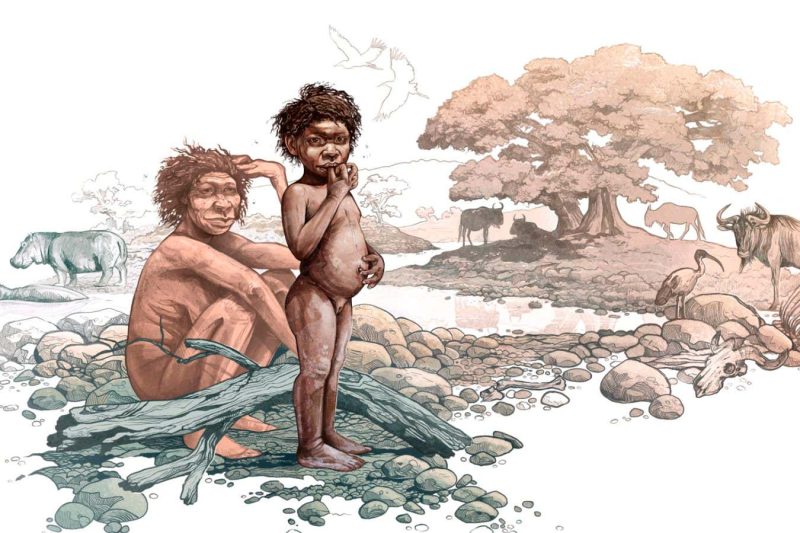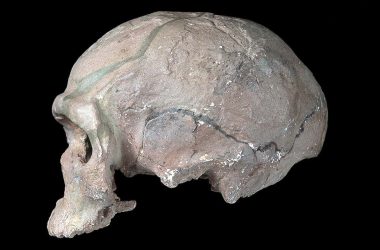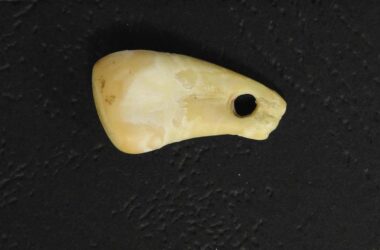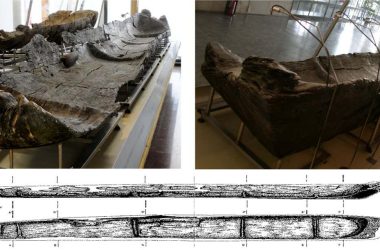Researchers have discovered evidence that early humans, specifically Homo erectus, were living in the highlands of Ethiopia as early as 2 million years ago. This is significant as it represents the earliest evidence of hominins inhabiting high-altitude areas. The findings suggest that the Ethiopian highlands were a crucial location for human evolution in Africa, a “third pole” alongside eastern and southern regions.
The Fossil Discovery
The discovery was made through the reanalysis of a fossilized jawbone of an infant, known as “Little Garba,” which was found at a site called Garba IV in the Ethiopian highlands. The jawbone had previously been identified as a member of the genus Homo, but the species could not be confidently determined.
Using synchrotron imaging to examine the teeth of the jawbone, researchers were able to identify it as Homo erectus, making it one of the oldest specimens of this species ever found. In addition to the jawbone, stone tools found in the sediments at Garba IV provided further evidence of the adaptation and innovation of Homo erectus in the highlands.
Adaptation and Evolution
Based on the transition from older and simpler tools to more sophisticated ones, researchers believe that Homo erectus had to adapt to the highland conditions. The development of new stone tools allowed them to access a wider range of food sources and thrive in the high-altitude environment. This adaptation may have played a role in later migrations of Homo erectus to other regions outside of Africa.
Implications and Significance
The discovery of early human presence in the Ethiopian highlands provides important insights into the capabilities and adaptability of our hominin ancestors. It suggests that Homo erectus was able to survive and thrive in diverse environments, including colder regions away from the equator. This has significant implications for our understanding of human evolution and the spread of early humans beyond Africa.
Future Discoveries
While this study provides valuable evidence, further excavations and research in the area may uncover even older hominin remains in the highlands of Ethiopia. The study opens up new possibilities for exploring the history of human evolution and the environmental factors that shaped our ancestors’ development.
Conclusion
The discovery of early humans in the Ethiopian highlands 2 million years ago sheds light on the adaptability and resilience of our hominin ancestors. Homo erectus’ ability to thrive in high-altitude environments suggests that they were capable of surviving and expanding their populations beyond Africa. This study highlights the importance of the Ethiopian highlands as a key location for human evolution and provides new avenues for further research in understanding our ancient past.








